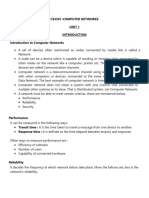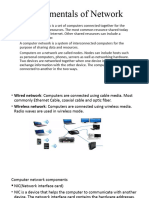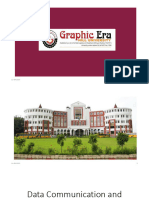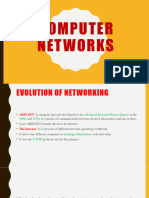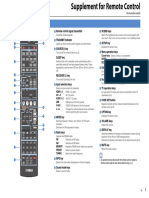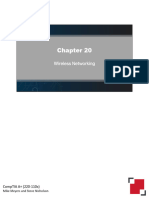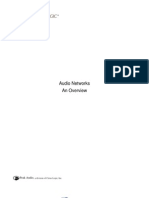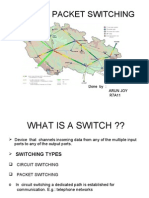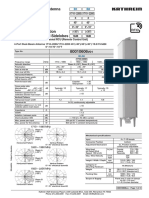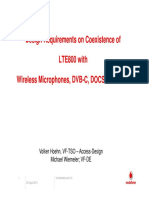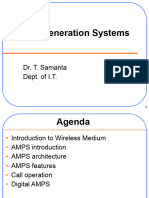0% found this document useful (0 votes)
43 views18 pagesComputer Network
Data communication involves transmitting data between a sender and a receiver through various modes such as simplex, half-duplex, and full duplex. Computer networks facilitate resource sharing among multiple computers and consist of components like servers, clients, routers, and modems. Networking offers advantages like speed, cost efficiency, and resource sharing, but also has disadvantages including potential breakdowns affecting the entire network and security risks.
Uploaded by
julanaeditsCopyright
© © All Rights Reserved
We take content rights seriously. If you suspect this is your content, claim it here.
Available Formats
Download as PDF, TXT or read online on Scribd
0% found this document useful (0 votes)
43 views18 pagesComputer Network
Data communication involves transmitting data between a sender and a receiver through various modes such as simplex, half-duplex, and full duplex. Computer networks facilitate resource sharing among multiple computers and consist of components like servers, clients, routers, and modems. Networking offers advantages like speed, cost efficiency, and resource sharing, but also has disadvantages including potential breakdowns affecting the entire network and security risks.
Uploaded by
julanaeditsCopyright
© © All Rights Reserved
We take content rights seriously. If you suspect this is your content, claim it here.
Available Formats
Download as PDF, TXT or read online on Scribd
/ 18















